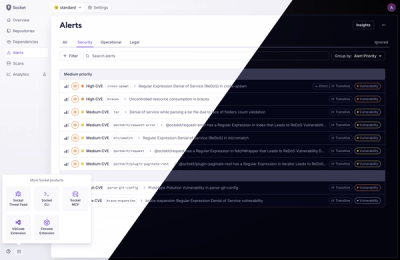gatsby-source-strava-activities


A Gatsby plugin that fetches athlete activities from Strava’s /athlete/activities endpoint. Learn more about the endpoint.
Usage
Install gatsby-source-strava-activities in your project:
yarn add gatsby-source-strava-activities
npm install gatsby-source-strava-activities
Then add the plugin to your gatsby-config.js file:
{
resolve: "gatsby-source-strava-activities",
options: {
getRefreshToken: async () => {},
onRefreshTokenChanged: async (newRefreshToken) => {},
after: '',
before: '',
}
}
How to use getRefreshToken and onRefreshTokenChanged
Strava removed support for long-lived access tokens in October 2019. Instead of a long-lived access token, Strava provides short-lived access tokens and refresh tokens. The refresh tokens are exchanged for new access tokens when the access tokens expire. During this exchange, the response includes a refresh token that may or may not be different than the one just used. When the refresh token changes, the old one stops working. Because of this, you’ll need to store the refresh token somewhere that you can retrieve and update it at build time.
To get started, get the first refresh token (with the activity:read scope) by visiting https://www.strava.com/oauth/authorize?client_id=[client-id]&redirect_uri=[website]&response_type=code&scope=activity:read. The [website] in that URL should be the site that is listed in your Strava application. Once you click on "Authorize" you’ll get redirected to the [website] with a URL query parameter called code. The code is exchanged for a refresh token and short-lived access token with this command:
curl -X POST https://www.strava.com/api/v3/oauth/token \
-d client_id=ReplaceWithClientID \
-d client_secret=ReplaceWithClientSecret \
-d code=ReplaceWithCode \
-d grant_type=authorization_code
Strava will respond like this if it succeeds:
{
"token_type": "Bearer",
"expires_at": 1568775134,
"expires_in": 21600,
"refresh_token": "e5n567567...",
"access_token": "a4b945687g...",
"athlete": {
#{summary athlete representation}
}
}
The refresh_token in that response should be stored somewhere that can be accessed by getRefreshToken and onRefreshTokenChanged. getRefreshToken should fetch the newest refresh token and onRefreshTokenChanged should store the refresh token when it changes. Take a look at danoc/danoc.me for an example of implementing this with Firebase.
You can use allStravaActivity to query the data in GraphQL once the plugin is set up. Here’s an example of a query that fetches an activity’s name, Strava id, and distance.
{
allStravaActivity {
edges {
node {
activity {
name
id
distance
}
}
}
}
}
The node contains the entire response from Strava’s endpoint.



